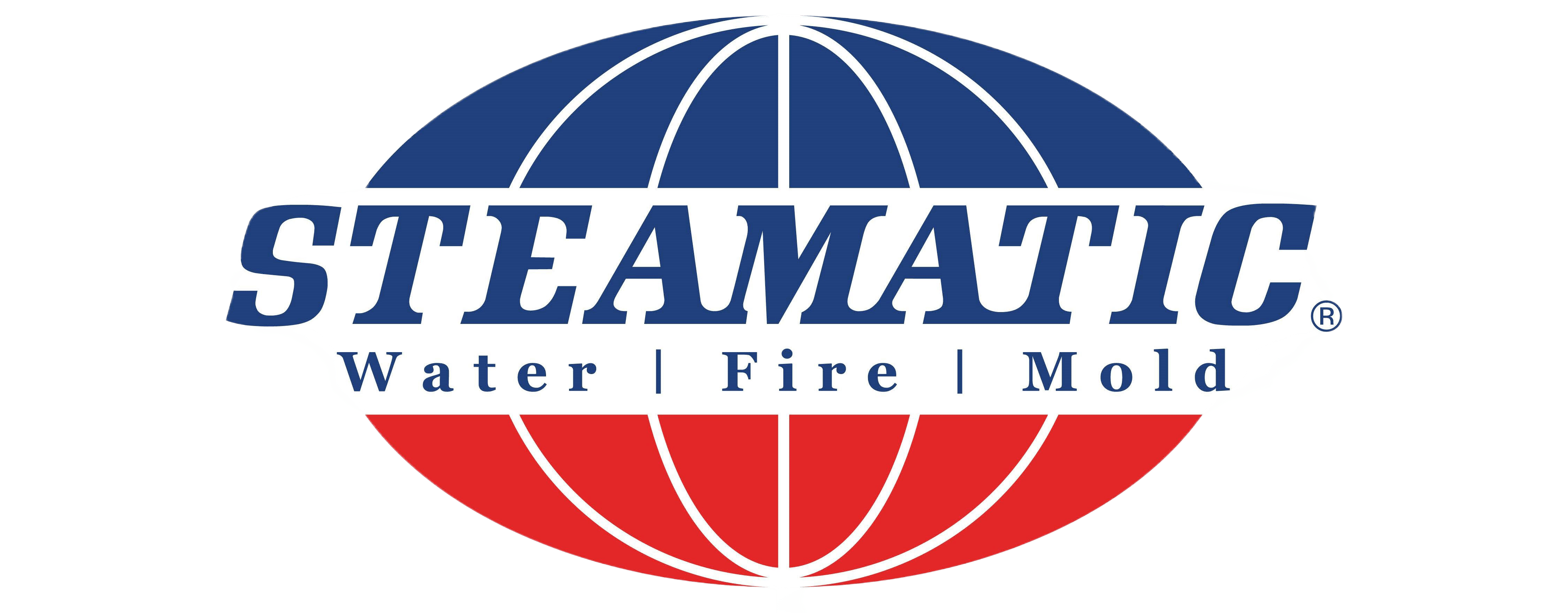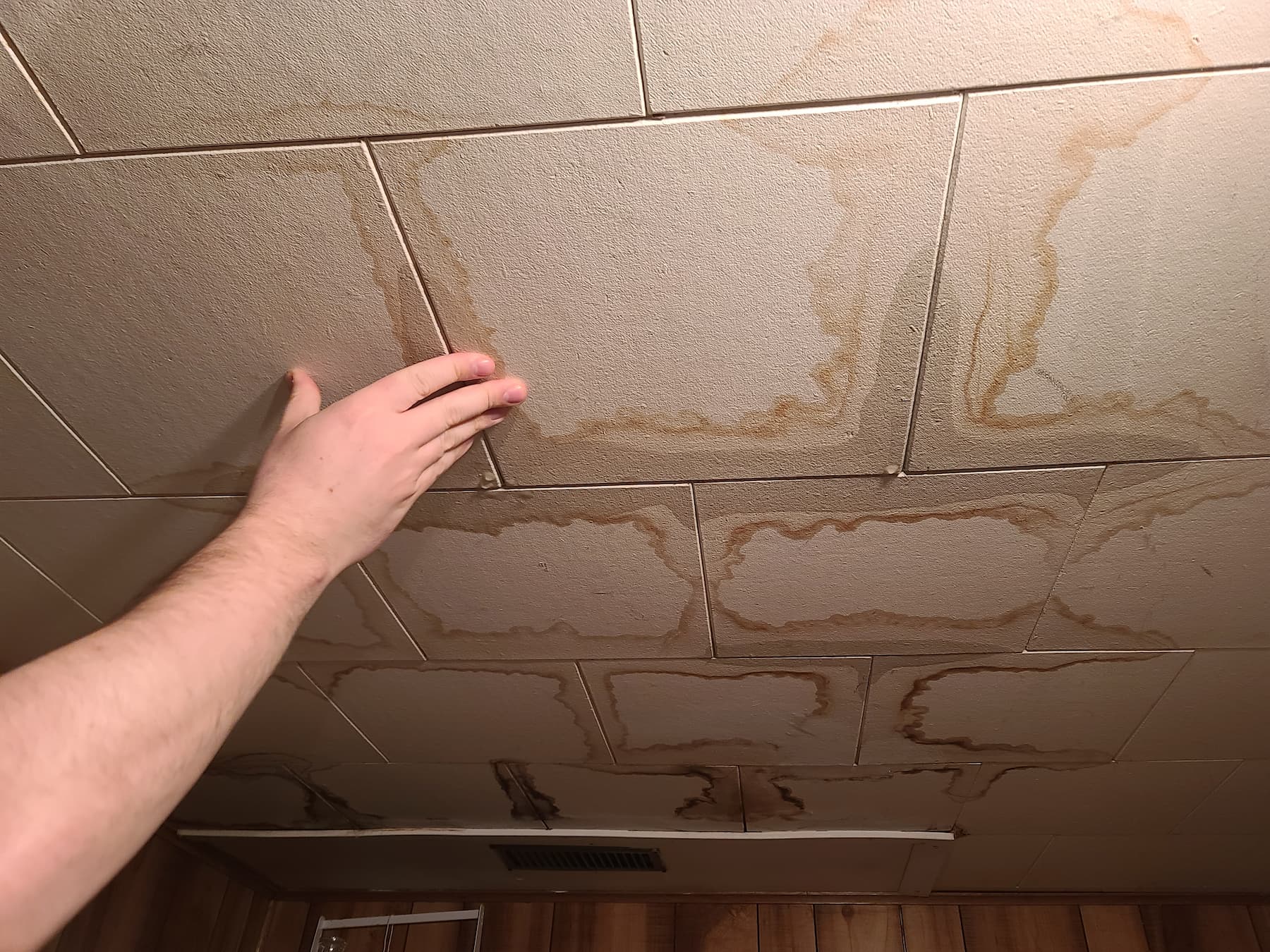The severe storms and high winds often witnessed in Grand Forks and Fargo, ND, take a toll on roofs, increasing the risk of leaks. Other times, water damage to the ceiling may be caused by leaky pipes, a plumbing appliance/fixture leak, or overflow in upper rooms. If your ceiling has signs of water damage, it’s essential to identify the source promptly and repair it to prevent further damage.
In this article, we show you how to identify and repair water damage to your ceiling to keep your home dry and safe. If you are not the handy type or the ceiling damage is extensive, we have provided details on how you can reach us at Steamatic of Red River Valley for help.
What Does Water Damage on the Ceiling Look Like?
Sometimes, water damage to the ceiling can take time before it becomes visible, but even then, it can manifest through a musty smell permeating through your home. No matter the stage of the ceiling damage, here are some common identifiers.
- Flaking paint: Ceiling paint can begin to peel off from the moisture collected over time.
- Mold growth: Moist conditions are ideal for mold growth. Mold growth will usually show itself mostly at the ceiling corners, one of the common signs of water damage.
- Water stains: Water strains will make themselves known before your ceiling begins to bulge out from the water damage. These usually show up on white ceilings as yellow, copper, or brown spots.
- Sagging ceiling panels: A water-damaged ceiling may sag and bulge, so if you notice a spot in your ceiling that starts bulging out, call the experts for help.
- Cracks: Hairline cracks can form from the corrosion of water against a ceiling’s interior.
Finding the Source of the Damage
Once you spot water damage on the ceiling, the next step is to find the source promptly and fix it. If left unresolved, the damage can cause structural instability, increasing the risk of a ceiling cave-in and worse. The water can also seep into the walls, windows, and door frames. This can lead to costly repairs and possibly an entire renovation based on how far the water damage has gone.
Other possible dangers include compromised air quality due to mold growth, which exposes occupants to health issues such as allergic reactions and respiratory complications. Electrical hazards could also occur if the water comes into contact with the electrical system, not forgetting the possibility of pest infestation (rodents and insects) drawn by the moisture conditions.
Multiple situations could be responsible for the damage, including:
- Leaky plumbing appliance/fixture: If there are plumbing appliances/fixtures above the ceiling, inspect them to find possible leaks
- Leaky roof: If there are no plumbing fixtures or appliances above the ceiling, inspect the roof for any missing or cracked shingles, clogged gutters, poorly installed flashing, fixings, valleys, or skylights, damaged roof membranes, or cracked chimneys.
- Condensation in the attic: Sometimes water damage can be caused by condensation in the attic
Repairing the Water Damage
Once you find the source of the damage, you should fix it immediately. Assuming the damage is caused by a leaky faucet and not any improperly sealed bathroom fixtures, you can do it yourself at home.
If you have a leaky roof, calling in the experts might sound more appealing than having to look for your ladder.
In case of condensation in the attic, after using a shop vac to remove any moisture, let it air out for a few days with a dehumidifier running. However, to prevent further issues down the line, you should install proper insulation and seal it to prevent warm air from leaking.
With the source of the damage fixed, you can then move in to repair the water damage on the ceiling. This will require drying it first to prevent mold growth. Afterward, you’d need to cut out the part that’s been damaged and patch it over with another piece of drywall.
Finally, you can repair and repaint the ceiling.
Steamatic of Red River Valley Can Help with Water Damage to Your Home
If your ceiling has been damaged by water, you should identify the source of the damage and fix it promptly to prevent further harm to your home and your health. Not only is a damaged ceiling at risk of caving in, but our team could save you thousands down the line and lengthy phone calls with your insurance company by preventing the need to rip out all your drywall.
At Steamatic of Red River Valley, we can help you with water damage to your home. Contact us today and tell us more about your issue for prompt assistance.
Image Credit: Patrick Hatt / Shutterstock








